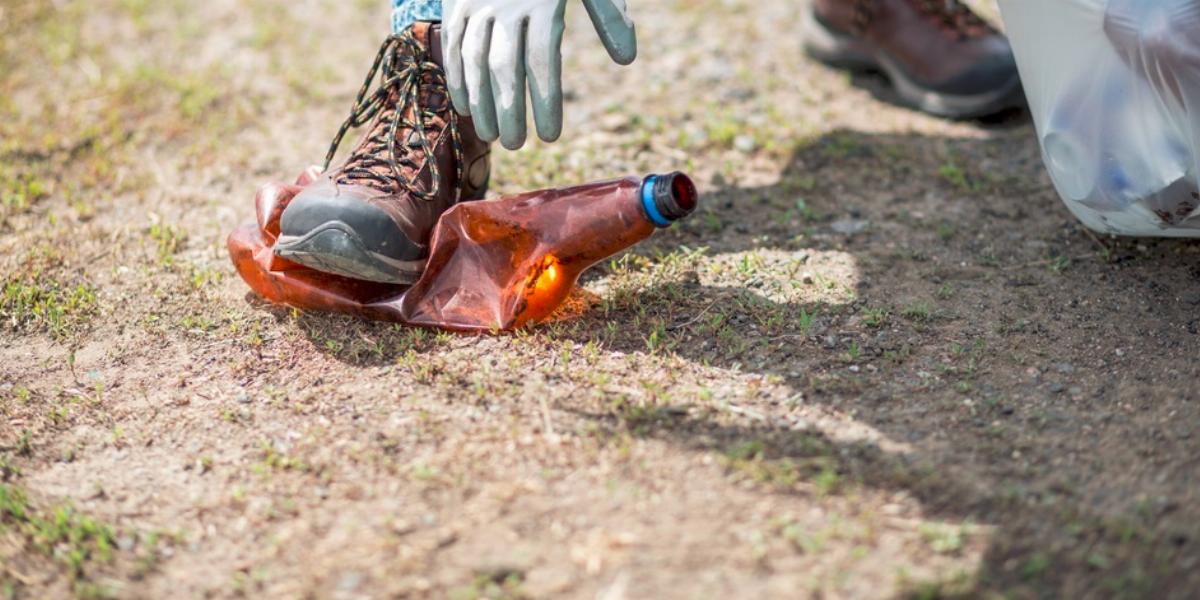
Individuals are responsible for creating litter, but it takes a village to clean it up.
The success of a community cleanup depends on how well it is planned. From picking a location, developing an action plan and earning the support of volunteers from the community, it can take a lot of time and effort.
If you’ve ever walked through your local park and thought, “someone should clean this up,” then this guide is here to help you. Keep reading to learn how plan your own community cleanup.
Chances are you already know what areas are litter magnets in your community, but it’s important to scout out locations to plan logistics. Find a spot for your cleanup “headquarters” where you can keep supplies and gather everyone together. It should be as close to restrooms, parking and available garbage cans as possible. “If the place [involves] private lands or special access, consider that special permission is needed,” says Elizabeth from the Litter Project.
Here are a few things to keep in mind when selecting your location:
After you have scouted out the location, it’s time to set your project goal. Of course, the primary goal is creating a clean space for you and your neighbors to enjoy. But you should also consider setting secondary goals, such as recycling specific items, documenting the cleanup process and raising awareness of the littering problems in your community.
Keep your plan concise and simple. Create a thorough timeline of events, including checklists for important materials and any delegated tasks.
"Get clear on the location, time of the planned cleanup and goal."
Elizabeth Mullen Matteson | Litter Project
Important Questions to Answer When Planning Your Neighborhood Cleanup
Recruiting volunteers and members of the community is key to a successful cleanup. Use your personal network, social media or enlist the help of your local media to get the word out.
“The best way to attract more people in the community to come out is to be excited about the project yourself. Pick a place that has meaning to you, that you can visualize beautiful and clean. Make that happen, then tell lots of other people your plan and very clearly invite them to join you. Your connection is what will attract others to help, plus details on the where, when and why of the cleanup.”
Elizabeth Mullen Matteson | Litter Project
Recruit volunteers and collect contact information; just communicate that their information will only be used for your cleanup event.
Have a meeting a few days before the cleanup to clearly go over the timeline of events and your plan of action. Explain where supplies will be kept, if water and snacks will be provided and any other important information.
Pro Tip: Send out a reminder email to your list of volunteers the day before the scheduled cleanup.
The day of the cleanup, arrive early to ensure that everything is in place and organized before getting to work.
Once the hard work is finished, it’s important to enjoy the newly cleaned space. Think about planning a thank-you event for residents and volunteers who were there to lend a helping hand.
“Once people are invested in a place, they tend to keep it up. They also tend to love it all the more, and isn’t that what this is all about?”
Elizabeth Mullen Matteson | Litter Project
While it would be ideal to have a completely pristine park year-round, litter has a habit of popping up in public places. The best way to keep your neighborhood clean is not only to plan large-scale annual events, but also to pick up litter every time you see it. Sarah Aadland from Doing Good Together says to “look where you are and do something right now.”
“Special projects are good, but if you wait for a time when you can clean up with a girl scout troupe, the area will only get worse. Make it a habit to clean each time you visit a park.”
Sarah Aadland | Doing Good Together